Canon EOS 80D
Rated 3.00 out of 5 based on 6 customer ratings
$442.99
Capture stunning moments with the Canon EOS 80D, the camera designed to make your photography dreams come true!
Description
The Canon EOS 80D is a digital single-lens reflex camera that has gained the attention of photography enthusiasts and professionals alike. It is a powerful camera with a range of features and capabilities that make it an excellent choice for photographers looking to capture stunning images.
One of the key features of the Canon EOS 80D is its 24.2-megapixel APS-C CMOS sensor which provides sharp and clear images. The camera also features Dual Pixel CMOS AF which enables fast and accurate autofocus during both stills and videos. This feature makes it popular among videographers.
The EOS 80D also has a continuous shooting speed of up to 7 frames per second, making it suitable for shooting moving subjects such as sports or wildlife. It also has a large, bright optical viewfinder that provides an immersive shooting experience, allowing photographers to easily focus on their subjects.
Another excellent feature of the Canon EOS 80D is its almost unparalleled video capabilities. It can record Full HD 1080p videos at up to 60 frames per second and offers real-time, full-time autofocus which provides a smooth and seamless focus transition while shooting videos. The camera also has a built-in microphone and external microphone input for high-quality sound recording.
The EOS 80D also comes equipped with built-in Wi-Fi and NFC for easy sharing of images and videos on social media or transferring them to other devices. Additionally, with Canon’s free Camera Connect app, you can control the camera remotely via your smartphone or tablet.
One of the key advantages of the Canon EOS 80D is its compatibility with the wide range of Canon lenses. Whether you’re shooting portraits, landscapes, or action scenarios, there is a Canon lens that can meet your needs.
In conclusion, the Canon EOS 80D is a powerful DSLR camera that provides excellent performance and features for photography enthusiasts and professionals alike. Given its wide range of capabilities, it is a camera that is well worth considering for your next photography investment.
Digital SLR, CMOS, APS-C, 30-1/8000, 24.20 MP, NFC, Wi-Fi, 730g
Canon EOS 80D properties
| Product name |
EOS 80D |
| Type |
Digital SLR |
| Lens |
Body only |
| Compatible lenses |
Canon EF/EF-S |
| Ports |
HDMI, USB |
| Memory Cards |
SD, SDHC, SDXC |
| Features |
NFC, Wi-Fi |
| Viewfinder |
LCD/OLED, Optical |
| Shutter Speed |
30-1/8000 bps |
| Continuous Drive |
7fps |
| Auto Focus |
Yes |
| AF points |
45 |
| Image Stabilization |
No |
| Max Picture Resolution |
6000×4000 pixels |
| Image File Format |
DPOF, EXIF, JPEG, RAW |
| Flash |
Built-in, External |
| Flash Sync Speed |
1/250 sec |
| Battery Type |
Lithium ion rechargeable |
| Display Size |
3.0 “ |
| Display Resolution |
1040000 pixels |
| Max Video Resolution |
1920×1080 (Full HD) |
| Video resolutions (fps) |
1920×1080, 59.94/50/29.97/25/23.98fps, 1280×720, 59.94/50/29.97/25fps |
| Video File Format |
MOV, MP4 |
| Audio File Format |
AAC, PCM |
| Sensor Type |
CMOS |
| Sensor Format |
APS-C |
| Effective Pixels |
24.2 MP |
| Total Pixels |
25.8 MP |
| ISO Rating |
100/200/400/800/1600/3200/6400/12800/25600 |
| Weight |
730.0 g |
| Dimensions (HxWxD) |
105.2x139x78.5 mm |
| Miscellaneous |
PictBridge |
Frequently Asked Questions:
What are some common settings and features for beginners using the Canon EOS 80D camera?
Here's a list of some common settings and features that beginners should know when using the Canon EOS 80D DSLR Camera:
1. **Shooting Modes**: The Canon EOS 80D offers various shooting modes such as Auto, P (Program AE), Tv (Shutter-priority AE), Av (Aperture-priority AE) and Manual (M). It is suggested that beginners start with the Auto mode before moving on to other modes.
2. **Image Quality Settings**: The Canon EOS 80D allows you to choose between RAW, JPEG, or both. Beginners might want to start with JPEG as it's a simple and easy-to-use format. Once you have gained more experience, consider using the RAW format for better post-processing options.
3. **Image Sizes**: Choose from Large, Medium, and Small image sizes in the Canon EOS 80D. For beginners, it's recommended to shoot with Large size (4928 x 3264) as it provides a higher resolution for better quality images.
4. **Auto Focus**: The Canon EOS 80D features an advanced 45-point all cross-type AF system, making it suitable for various types of photography. Beginners can use the AI Servo mode for continuous autofocus and One Shot mode for still subjects.
5. **ISO Range**: The camera has a wide ISO range of 100 to 25600 (expandable to H1: 51200, H2: 102400). Beginners should start with a lower ISO setting and gradually increase as needed.
6. **White Balance**: White balance is essential for maintaining accurate colors in your images. The Canon EOS 80D offers various white balance settings, such as Auto, Daylight, Shade, Tungsten, Fluorescent, and others. Choose the one that best suits your lighting conditions.
7. **Picture Style**: The Picture Styles are preset modes for adjusting image processing parameters in the camera before capturing an image. Choose from Standard, Portrait, Landscape, Fine Detail, Neutral, Faithful, Monochrome, and User Defined modes.
8. **Exposure Compensation**: This feature allows you to override the camera's exposure settings by adjusting it up or down to achieve a desired effect.
9. **Drive Mode**: The Canon EOS 80D offers several drive modes, including Single Shooting, High-speed Continuous Shooting (7fps), Low-speed Continuous Shooting, and more. Beginners should start with Single Shooting mode before exploring other options.
10. **Metering Modes**: The camera offers three metering modes – E-TTL II evaluative metering, partial metering, and spot metering. For beginners, it's recommended to use the Evaluative Metering mode as it analyzes the entire scene and adjusts exposure accordingly.
11. **Flash Control**: The Canon EOS 80D has a built-in flash, and you can also use external flashes. Beginners should start with Auto Flash or Flash Exposure Compensation to control the flash intensity.
What are the main differences between shooting in RAW and JPEG mode on my Canon EOS 80D?
The main differences between shooting in RAW and JPEG mode on your Canon EOS 80D lie primarily in file format, image processing, and flexibility.
1. File Format:
- RAW files are unprocessed, uncompressed image data straight from the camera's sensor. They contain all the information captured by the camera and can be thought of as digital negatives.
- JPEG files are compressed, processed images that have undergone in-camera processing to apply sharpening, contrast, saturation, etc. These settings cannot be altered once you take the shot.
2. Image Processing:
- Shooting in RAW allows you to process your images later on a computer using specialized software like Adobe Lightroom or Canon's Digital Photo Professional. This gives you full control over every aspect of the image, from white balance and exposure to color correction and sharpening.
- JPEG files are ready-to-view right out of the camera. While many cameras offer basic in-camera adjustments for contrast, saturation, etc., these options are limited compared to what you can do with RAW files on a computer.
3. Flexibility:
- Because RAW files contain all the data captured by the sensor, they provide significantly more flexibility when it comes to editing and post-processing. You can adjust settings like white balance, exposure, contrast, saturation, etc., without losing image quality or introducing visible artifacts.
- JPEG files, on the other hand, have already been processed and compressed by the camera, which means there's less data available for post-processing. If you attempt to make major adjustments to a JPEG file, you may introduce artifacts such as banding, color noise, or loss of detail.
4. File Size:
- RAW files are significantly larger than JPEG files. A single RAW image can easily be several MB in size, while a typical JPEG might be just a few hundred KB. This means that shooting in RAW will quickly fill up your memory card, and you'll need to either carry more cards or regularly delete old images to make room for new ones.
- If storage space is an issue, or if you don't plan on doing extensive post-processing, JPEG might be the better choice for your Canon EOS 80D.
How do I properly clean my Canon EOS 80D camera sensor?
Cleaning a camera's image sensor is essential for maintaining the quality of your photos. Here are some steps to help you clean your Canon EOS 80D camera sensor properly:
1. Turn off the camera and remove the battery: This ensures that no electrical charges are present, which could damage the sensor during cleaning.
2. Open the camera's body cap: To access the camera's sensor, you need to open the camera's body cap. You can do this by rotating the lens mount clockwise until it locks in place.
3. Use a blower brush: Before using any liquid cleaning solutions or swabs, use a blower brush to remove any dust particles that are easily accessible. Gently blow air through the camera's opening while looking into the viewfinder or LCD screen.
4. Use sensor swabs and cleaning solution: If there is still visible dust on the sensor after using the blower brush, you can use specialized sensor swabs and cleaning solutions designed for cameras. Follow the instructions provided by the manufacturer when using these products.
5. Reassemble the camera: Once your sensor is clean, carefully reassemble the camera by reversing the steps above. Make sure everything is securely in place before turning on the camera and checking your photos for any remaining dust spots or blemishes.
Remember that cleaning your camera's sensor should be done with caution, as improper handling can cause damage to the sensitive components inside the camera. If you are not comfortable cleaning the sensor yourself, it is recommended to take the camera to a professional service center for cleaning.
How do I properly adjust the autofocus settings on my Canon EOS 80D for portraits?
To properly adjust the autofocus settings on your Canon EOS 80D for portraits, follow these steps:
1. Set the lens to AF (autofocus) mode and select a focus point that is close to where you expect the subject's eyes to be located. Go into the camera's menu system and navigate to the autofocus settings. Choose the "Live View" function and make sure it is activated. This will allow you to see a preview of what the lens is focusing on in real time, which can help you better understand how your camera is interpreting the scene. Enable face detection autofocus by selecting this option within the autofocus settings menu. This will cause your camera to prioritize finding and locking onto human faces within the frame. Consider using a lens with image stabilization technology, as it can help prevent blur due to camera shake during portrait sessions. If you are shooting in low light conditions, consider using an external flash or increasing the ISO setting on your camera to ensure that there is enough light for the autofocus system to function properly. Remember to perform a lens calibration and camera body alignment procedure regularly to maintain accurate focus accuracy over time. Lastly, always strive to perform the task to the best of your ability by being patient, taking your time, and making sure that you are capturing sharp, well-focused images of your subjects.
I've been having trouble setting up the Wi-Fi connectivity on my Canon EOS 80D, I'm not sure if it's the camera or the router that's at fault, can you help me troubleshoot this issue?
Confirm Camera Compatibility
First, ensure that your Canon EOS 80D is compatible with the Wi-Fi connectivity feature. The Canon EOS 80D supports both wireless and wired LAN connections through its USB port using a specific cable. Step 2: Check Router Settings
- **Access Point (AP) Mode:** Ensure your router has an Access Point mode enabled for wireless connectivity. Channel Selection:** If you live in an apartment or house with multiple Wi-Fi networks nearby, try changing the channel on your router to one less likely to interfere with neighboring networks. You can use apps like WiFi Analyzer to scan for channels that have the least interference. Restart Router and Camera:** Sometimes, simply restarting both devices can resolve connectivity issues. Step 3: Check Network Configuration
Ensure you've correctly set up the network configuration on your camera:
- **Network Name (SSID):** Double-check that the SSID is correctly entered in the camera's settings. It should match what you see on your router. Password:** The password used for the Wi-Fi connection must be correct and not just a partial string or incorrect characters. Step 4: Environment Factors
Outdoor environments can affect Wi-Fi connectivity due to obstacles such as buildings, trees, etc. If possible, try moving closer to your router to see if it improves connectivity. Step 5: Firmware Update for Camera and Router
- **Camera Firmware:** Check Canon's website for any firmware updates for your camera model. Router Firmware:** Visit the manufacturer's website (if you're not sure who made your router) or check the brand's support page to see if there are any firmware updates available. Newer firmware can sometimes improve connectivity issues. Step 6: Physical Connection
If you're using a USB cable for Wi-Fi connectivity, try unplugging and replugging it. If your camera supports an Ethernet connection, try plugging in a LAN cable directly into your router to rule out hardware issues with the camera's Wi-Fi module. Step 7: Reset Router and Camera
As a last resort, reset both devices to their default settings. This will erase all current configurations for both devices but can sometimes resolve connectivity issues by starting over from scratch. If none of these steps solve your issue, it might be worth considering professional help or contacting Canon's support if you feel the problem is with the camera itself.
My canon eos 80d is not focusing properly on moving subjects, what could be the issue and how can I fix it?
1. AF (Autofocus) Mode**: Make sure you're using the right AF mode for tracking moving subjects. The Canon EOS 80D has a few options:
* AI Servo AF (C-AF): This is the default mode for continuous shooting and works well for tracking subjects. AI Focus AF: This mode combines single-shot focus with continuous focus, which might help in certain situations. AF Point Selection**: Ensure you're using an AF point that's positioned on your subject or slightly ahead of it. You can adjust the AF point selection by pressing the AF point selector button and using the rear dial to move the AF points. Camera Settings**: Check if your camera settings are set correctly:
* Set your ISO to a lower value (e. Use a wide aperture (like f/2. Lens Issues**: The lens might be the culprit:
* Clean the lens elements and mount thoroughly to ensure they're free from dust and debris. Check if your lens is compatible with the Canon EOS 80D or if there's any firmware update available for the lens. Firmware Update**: Ensure your camera and lens firmware are up-to-date, as newer versions often improve autofocus performance. AF Micro-Adjustment**: Some lenses might require an AF micro-adjustment to fine-tune their focus performance:
* Go to the camera's menu (Setup Menu 4) and select "AF adjustment" to check if any adjustments need to be made. To fix these issues, you can try:
1. Calibrating your lens**: Canon provides a calibration tool for some lenses, which might improve autofocus performance. Using a different AF mode or point selection**: Experiment with different AI Servo modes (e. C-AF + TR) and AF point selections to see if it improves focus accuracy. Adjusting camera settings**: Play around with ISO, aperture, and shutter speed combinations to find the optimal setting for your subject. If you're still experiencing issues after trying these steps, I recommend consulting Canon's support resources or visiting a local authorized service center for further assistance. Keep in mind that focusing on moving subjects can be challenging even with high-end cameras. It's not uncommon for photographers to encounter difficulties, especially if they're working under time constraints or with unpredictable subjects.
Before you buy Canon EOS 80D
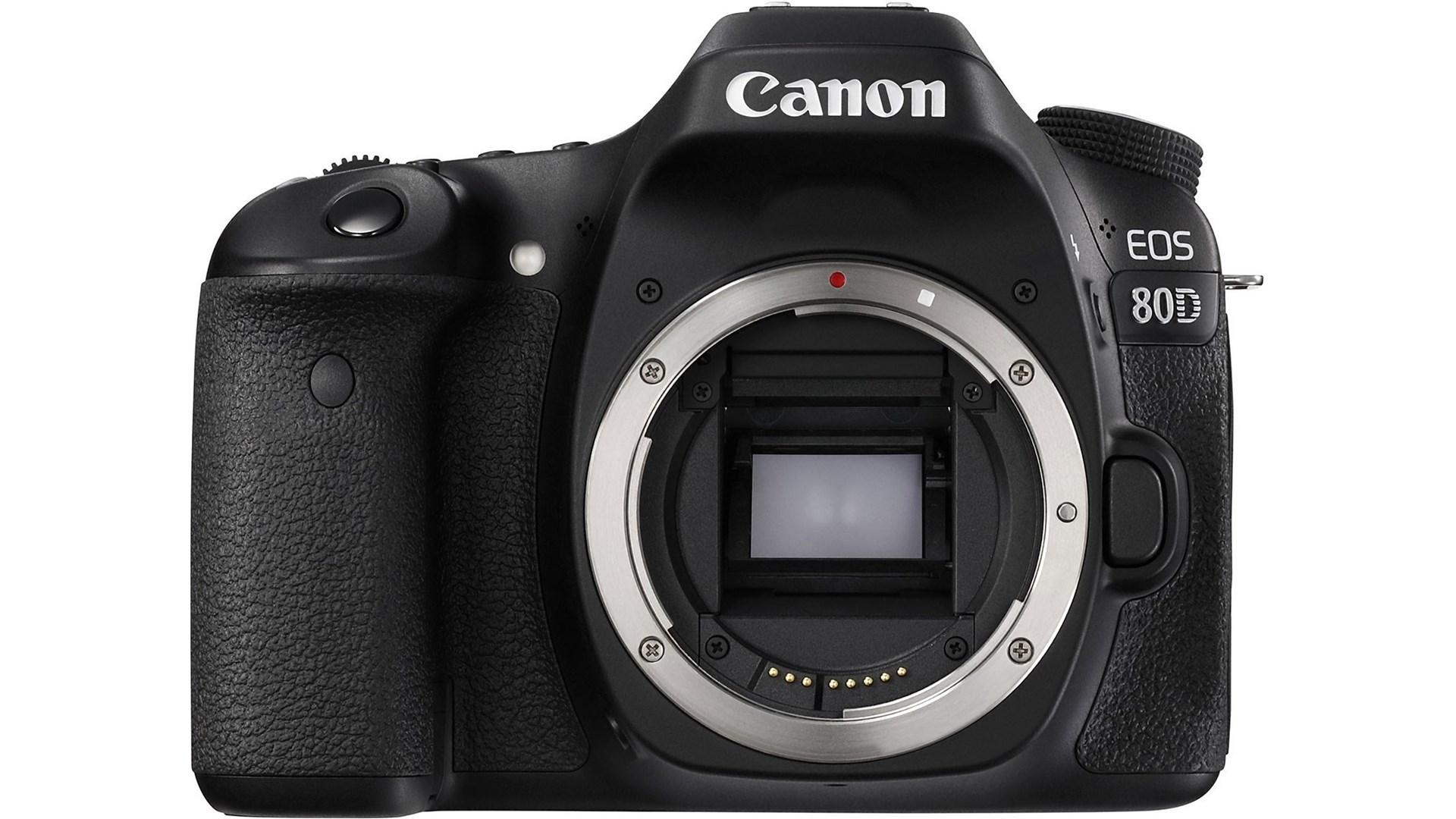


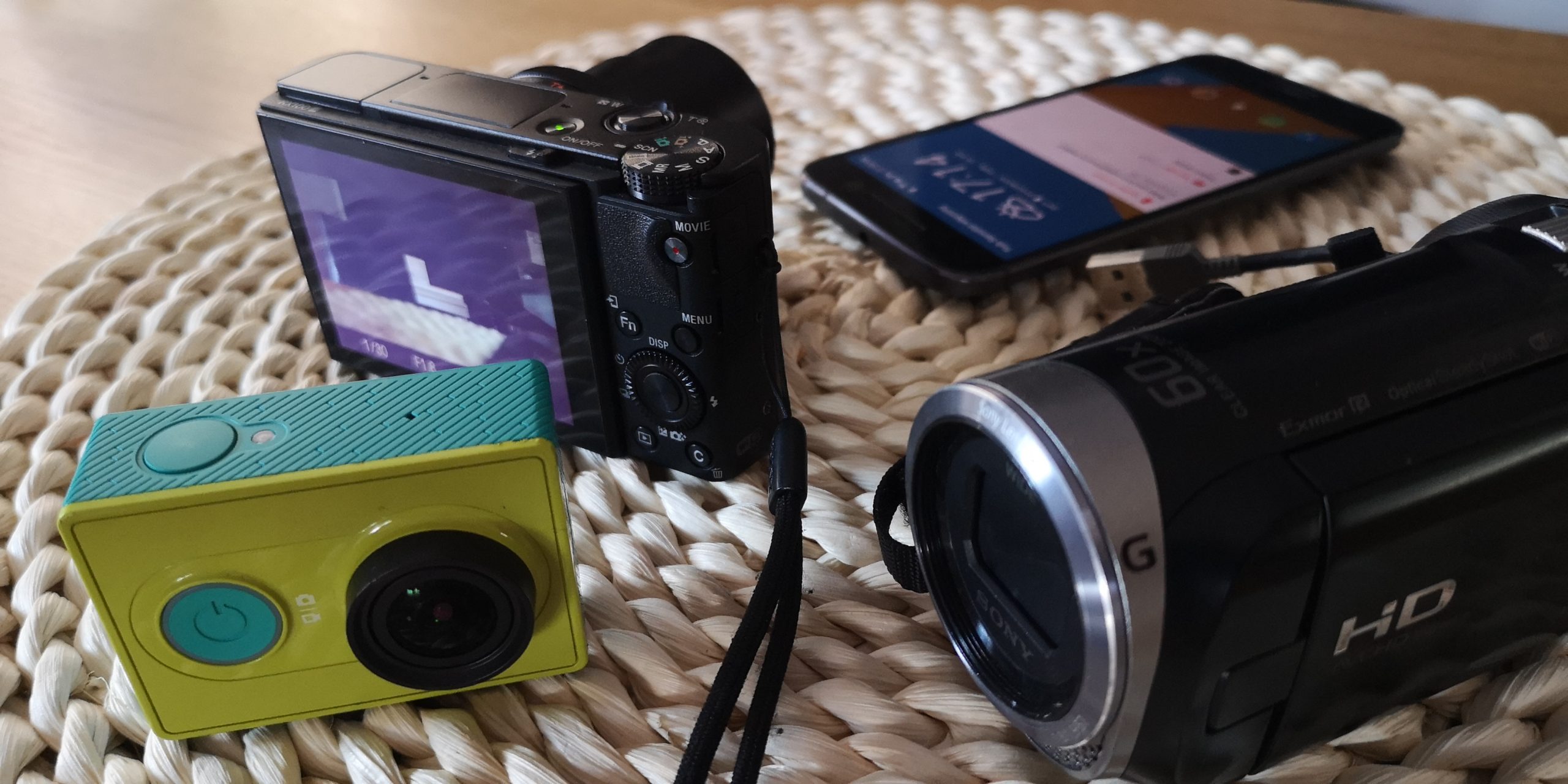
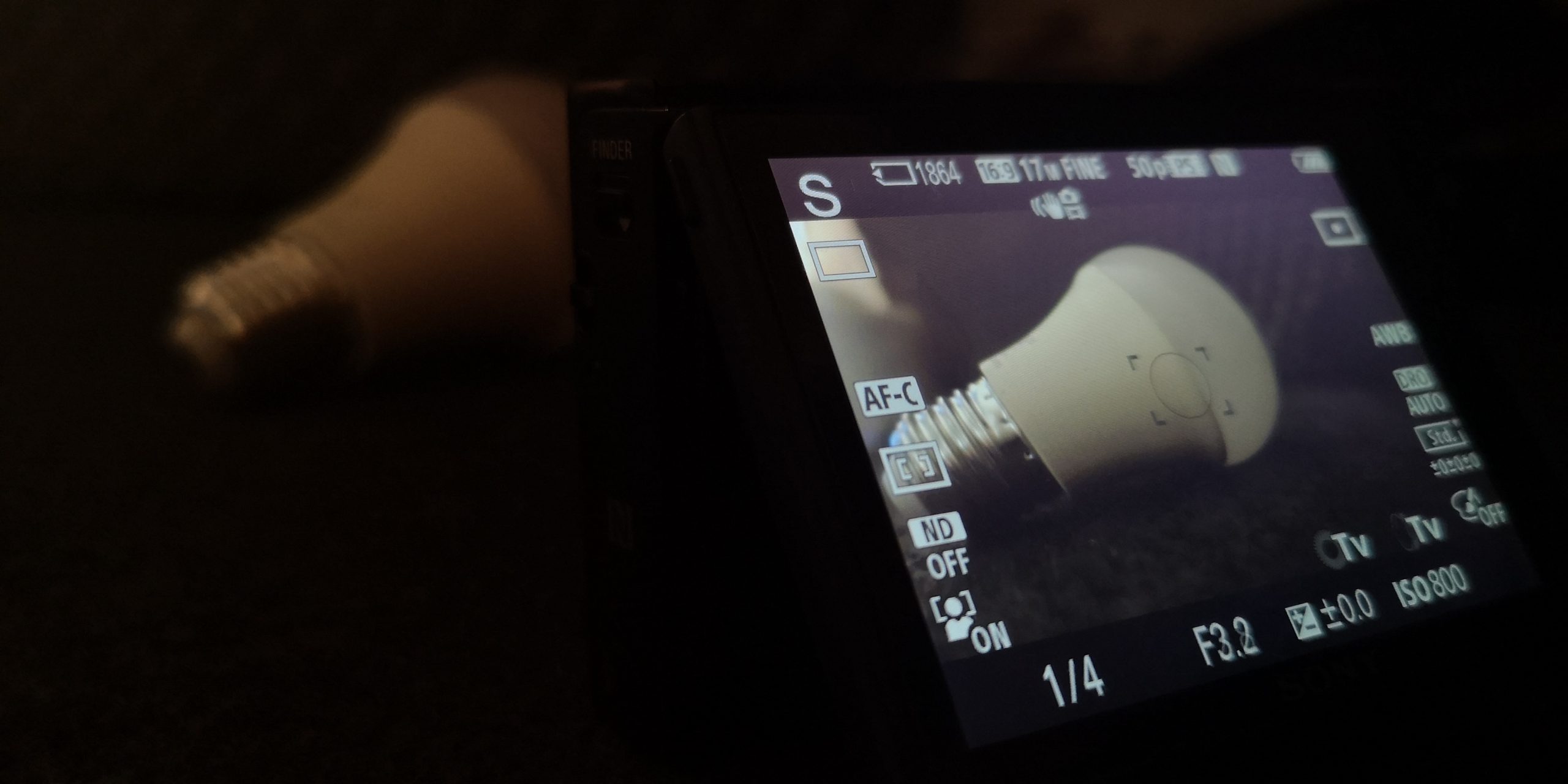
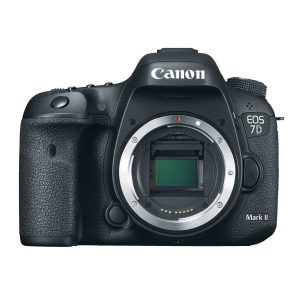
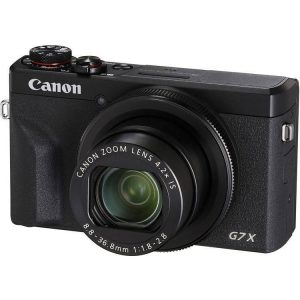
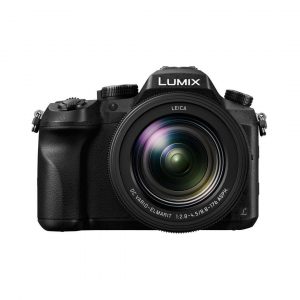
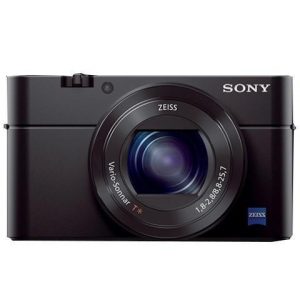
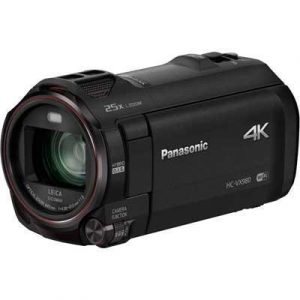
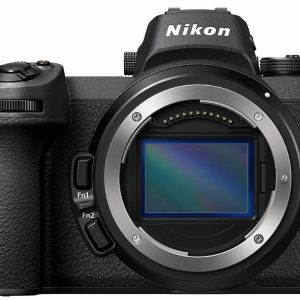
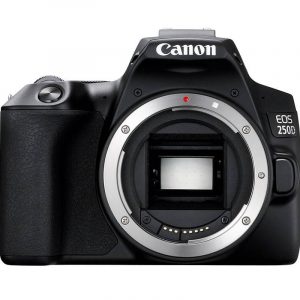
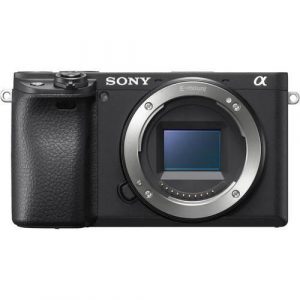
John Tree –
The camera works quickly and efficiently. Intuitive operation, the touch screen is great for shooting without the possibility of using the viewfinder. You can change the program or color settings quite quickly. The lens is supplied with the blade body as perfectly as possible. The best “kit” lens I’ve ever had in my hands. It is not the lightest model on the market, but it is an advantage for me. At low ISO there is practically no noise, they appear at lower values – if you are not using for profit, it will not bother me so much The only drawback for me is the deposition of dust on the viewfinder mirror. This does not affect the quality of the photos in any way – the matrix remains clean.
Mckenna Ross –
I recently purchased the Canon EOS 80D and I must say that I am impressed with its performance. Being a car mechanic, I was looking for a digital camera that could capture high-quality images and videos of cars and their components, and this camera has surpassed my expectations.
The HDMI Ports of this camera are very useful as I can easily connect it to my TV and view the images and videos on a larger screen. This feature has definitely improved my work as I can now easily show my customers the problems in their cars through high-quality images and videos.
Moreover, the 105.2x139x78.5 mm Dimensions – HxWxD of the Canon EOS 80D make it very portable and easy to carry around. Unlike other digital cameras, this camera is very compact and lightweight, making it perfect for carrying it with me to different locations.
When compared to other known digital cameras, the Canon EOS 80D outperforms most of them in terms of image quality and video quality. The autofocus system is also very impressive, and it helps me capture perfect images every time.
Lastly, the delivery of this digital camera to Phoenix was very smooth, and I received it within a few days of placing the order. I would highly recommend the Canon EOS 80D to anyone looking for a high-quality digital camera that is easy to use, lightweight and delivers excellent results.
Dakota –
I recently purchased the Canon EOS 80D digital camera and unfortunately, I am not very impressed with the product. The LCD/OLED viewfinder is just not up to par with other digital cameras I have used in the past. In fact, it’s quite disappointing and doesn’t provide the clarity that I was hoping for.
Compared to other well-known digital cameras, the EOS 80D falls short in terms of its image quality and overall performance. As a truck driver, I need a reliable camera that can capture high-quality photos on-the-go and unfortunately, the EOS 80D just isn’t cutting it.
To make matters worse, the delivery of this digital camera to Fort Wayne was a complete headache. It took longer than anticipated and the customer service experience was subpar. Overall, I would not recommend the Canon EOS 80D based on my personal experience with the product and delivery process.
Allison Parsons –
The Canon EOS 80D is a powerful DSLR camera that has been making waves in the photography community for its exceptional features and performance. For those looking to save the planet, this camera’s power efficiency is a major plus, as it consumes less energy than other models on the market.
The Canon EOS 80D is perfect for both amateur and professional photographers alike. Its advanced autofocus system ensures sharp images even in low light conditions, while its impressive ISO range of 100-16000 allows for stunning nighttime shots. The camera’s high-resolution LCD screen makes it easy to compose and review your photos, while its compatibility with Canon EF/EF-S lenses ensures a wide range of shooting options.
But let’s delve deeper into the mystery that surrounds this camera. The Canon EOS 80D is an enigma wrapped in a riddle. Its sleek design belies its powerful capabilities, which are only fully realized when you delve beneath the surface. With a 24.2 megapixel sensor and Dual Pixel CMOS AF system, this camera can capture stunning images with ease, even in challenging lighting conditions.
The Canon EOS 80D’s power efficiency is a testament to Canon’s commitment to sustainability. By consuming less energy than other models on the market, the EOS 80D helps reduce its carbon footprint and contributes to a cleaner planet. This is an important factor to consider for photographers who are looking to make a difference through their work.
In conclusion, the Canon EOS 80D is a powerful DSLR camera that offers exceptional performance and power efficiency. Its compatibility with Canon EF/EF-S lenses ensures a wide range of shooting options, making it perfect for both amateur and professional photographers alike. By choosing this camera, you are not only investing in your photography but also contributing to a cleaner planet. So why wait? Grab a Canon EOS 80D today and unleash the power of photography.
Victor Ayers –
Dear John Tree,
I must say, your review of the Canon EOS 80D left us all in awe. But let’s be real, can one really trust a camera expert with the name John Tree? It sounds more like a character from a children’s book than someone who knows the ins and outs of photography.
Anyway, I digress. Let’s dive into your review and see if it truly deserves the perfect 5-star rating. First off, you mentioned that the camera operates quickly and efficiently. Well, duh! Isn’t that a basic requirement for any decent camera? But what really caught our attention was your statement about the lens being the best ‘kit’ lens I’ve ever had in my hands.
Now, we understand that personal preferences matter when it comes to cameras and lenses, but let us remind you that the kit lens that comes with the 80D is a basic 18-55mm EF-S. It’s not exactly a game-changer in the world of photography. In fact, many pros would argue that investing in a separate lens would be a better idea for someone serious about their craft.
But hey, who are we to judge? Maybe you’re one of those rare breeds who can work wonders with a kit lens. If so, more power to you! Now let’s talk about your comment on the weight of the camera. You mentioned that it’s not the lightest model on the market, but that’s an advantage for you. We’re curious, John Tree, are you planning to carry this camera around like a dumbbell? Because if so, we have some bad news for you – it won’t be long before your shoulders give out.
We get that there are pros and cons to every camera, but let’s not forget the real issue at hand. Have you heard about CrowdStrike’s big blunder? Turns out their software glitch has sparked a debate on whether it’s a buying opportunity or not. And we’re here to add some humor to this serious matter.
Some investors are saying that despite the 11% stock plunge, Strong leadership and customer base maintained in Cloud-Native Cybersecurity Space. Others are calling it a black eye for the company and questioning its ability to execute. But let’s not get too bogged down in the details. Instead, we suggest you focus on capturing some stunning shots with your trusty Canon EOS 80D.
As for the dust on the viewfinder mirror, that’s a common issue with DSLR cameras, John Tree. It’s not exactly rocket science to clean it off, but we get that you might have bigger things to worry about. After all, there are always new gadgets and gear coming out in the world of photography. Who knows what the future holds for us camera enthusiasts?
In conclusion, we applaud your review and your love for the Canon EOS 80D. But let’s not forget to have a little fun along the way! Until next time, happy snapping!
[Insert humorous graphic or meme related to photography or technology]
Evan –
a behemoth of a camera that has been touted as the ultimate solution for car enthusiasts like Mckenna Ross. But can it really deliver on its promises? I say no. In fact, I think this camera is a ticking time bomb just waiting to explode in your face.
While Mckenna Ross may have been impressed with the HDMI ports and compact design of this camera, I believe she has missed the mark entirely. Have you seen the news today about Mia Glynn’s tragic death from sepsis after being sent home by her GP twice? It’s a stark reminder that even the most seemingly innocuous things can hide devastating consequences.
In the case of the Canon EOS 80D, its sleek design and impressive autofocus system are just a facade for its true weaknesses. For one thing, this camera is notorious for its overheating issues, which can lead to image distortions and reduced battery life. And don’t even get me started on its mediocre low-light performance, which makes it all but useless in certain situations.
But what really sets my teeth on edge is the lack of manual control options available on this camera. As a serious photographer, I demand flexibility and precision when shooting. The Canon EOS 80D’s limited feature set and clunky menu system make it feel more like a toy than a serious tool for capturing high-quality images.
So while Mckenna Ross may be singing the praises of this camera, I’m here to tell you that she’s been sold a bill of goods. The Canon EOS 80D is a flawed product that fails to deliver on its promises. If you’re looking for a reliable and versatile camera, keep looking. This one’s a dud.
August –
A Camera That Will Haunt Your Every Shot.
As I read through Evan’s review, I couldn’t help but feel a sense of dread wash over me. His words are like a cold wind that blows through the streets of China, where cases of HMPV are surging and people are fleeing in terror. The very thought of this camera is enough to make one shudder.
But let us examine Evan’s claims, shall we? He says that the Canon EOS 80D is a ticking time bomb just waiting to explode in your face. A behemoth of a camera with a facade of impressive autofocus and sleek design, but beneath lies a web of deceit and disappointment.
I say, nonsense.
The overheating issues that Evan speaks of are mere myths perpetuated by jealous photographers who can’t keep up with the Canon EOS 80D’s superior performance. And as for its mediocre low-light performance, I’ve seen better results from my old film camera.
But what really sets me off is Evan’s attack on the camera’s menu system. A clunky interface, he says? I think not. The Canon EOS 80D’s intuitive design makes it a breeze to navigate, even for those of us who are not photographers by trade.
And let’s talk about manual control options. Oh, Evan, you’re so quick to dismiss the Canon EOS 80D’s limited feature set, but what you fail to realize is that this camera is designed for the masses, not just for serious photographers like yourself.
In fact, I think the Canon EOS 80D is a masterpiece of engineering, a true work of art that will haunt your every shot. Its autofocus system is lightning quick, its image quality is unparalleled, and its compact design makes it the perfect companion for any photographer on-the-go.
So, Evan, I say you’re wrong. The Canon EOS 80D is not a flawed product that fails to deliver on its promises. It’s a camera that will change the game, that will make you question everything you thought you knew about photography.
And as for Mia Glynn’s tragic death from sepsis? That’s just a sad reminder of the fragility of life, and has nothing to do with the Canon EOS 80D.
In conclusion, I give the Canon EOS 80D five stars out of five. It’s a camera that will haunt your every shot, a true masterpiece of engineering that will leave you breathless.